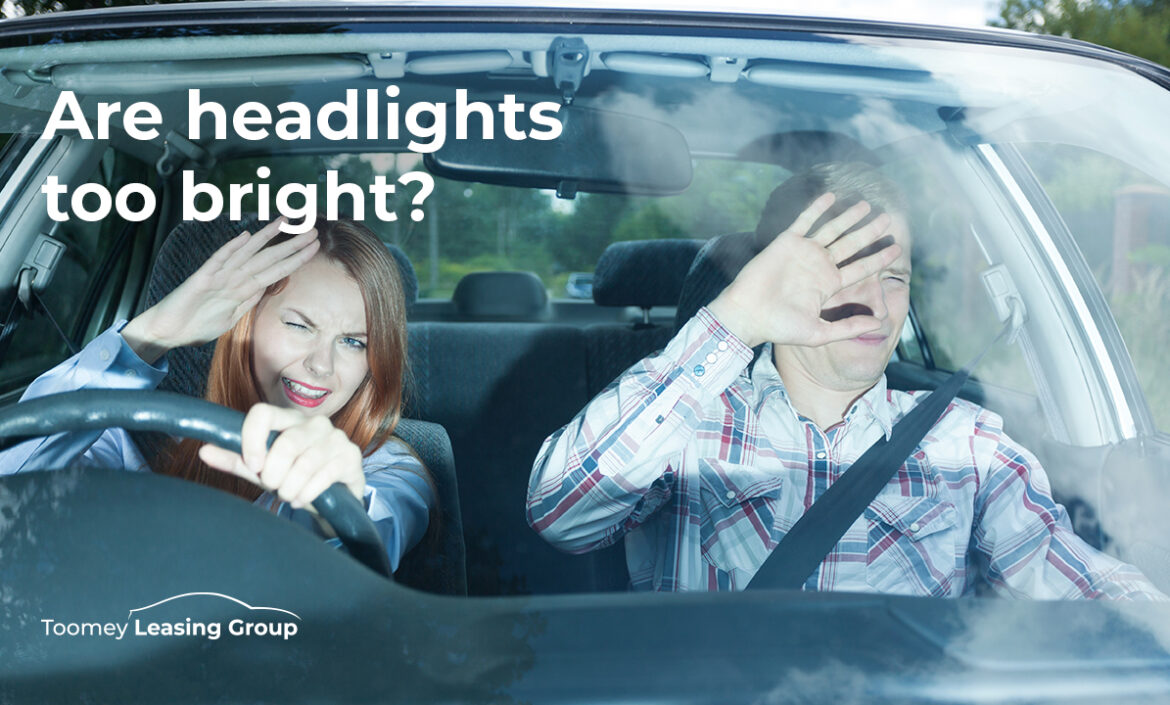For many drivers, the peaceful experience of night-time driving has become increasingly stressful due to the glare from car’s headlights. The RAC’s efforts have brought attention to this problem, leading the government to take action by investigating and addressing the issue.
The problem of bright headlights is not a new one. Many drivers have long complained about the blinding glare from oncoming vehicles, which can transform a quiet night drive into a hazardous journey. The RAC, backed by over 10,000 motorists, has been a vocal advocate for addressing this issue. Their efforts, alongside a survey involving 2,000 UK drivers, have highlighted the widespread concern about glare. The survey revealed an overwhelming consensus that the intensity of modern headlights is problematic.
In response, the Department for Transport (DfT) announced plans to research the phenomenon of headlight dazzle more thoroughly. This initiative aims to uncover the causes behind the glare and explore potential solutions to enhance road safety. The rise of LED headlights, known for their bright and focused beams, has been identified as a significant contributor to the issue. While these lights improve visibility for drivers, they can be particularly jarring for oncoming traffic, sometimes even leading to headaches and migraines.
Other factors contributing to dazzling headlights include the growing number of higher-set vehicles and misaligned headlights. Modern vehicles often come equipped with adaptive driving beams that automatically adjust their intensity, but these systems sometimes fail to respond quickly enough, resulting in temporary blinding of other drivers. Additionally, the glare from headlights reflecting in rearview mirrors can cause significant discomfort and fatigue, further increasing the risk of accidents.
In a bid to mitigate these issues, the DfT is participating in international efforts to regulate headlight brightness. New UN-backed regulations will mandate automatic headlight levelling in new cars, based on vehicle weight, by September 2027. This measure is expected to reduce instances of glare and improve overall road safety.
The urgency of addressing this problem is underscored by statistics showing that an average of 280 road collisions annually, including six fatal accidents, are attributed to headlight glare. The government’s commitment to researching this issue marks a significant step towards safer night-time driving. The hope is that the findings from this research will lead to practical solutions that will reduce the blinding glare of modern headlights, ensuring a more comfortable and safe driving experience for everyone.
As this initiative progresses, it highlights the importance of ongoing dialogue between road users, safety advocates, and policymakers. The collective effort to address the problem of bright headlights promises to illuminate a path towards safer roads for all.
Get in touch for any of your fleet queries:
If your business needs any assistance, with setting fleet budgets, or would like to understand more about what vehicles fit into your fleet budget, get in touch today. Our experts can offer guidance regarding alternative fuel types and whole-life cost analysis.


